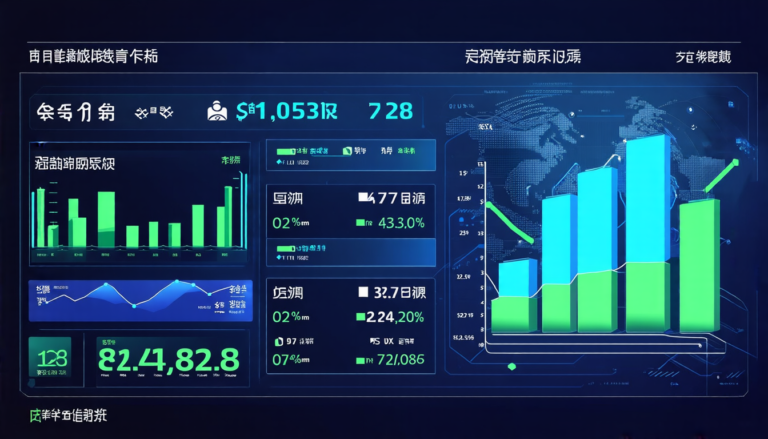Saturday 27 September 2025
A new approach to designing and hedging unit-linked life insurance policies that incorporate environmental factors has been proposed by researchers. These policies, which link investment returns to a specific fund, are becoming increasingly popular as investors seek to align their portfolios with socially responsible goals.
The issue with these policies is that they can be difficult to design and hedge due to the complexity of incorporating environmental factors into the investment strategy. Environmental factors such as carbon intensity can have a significant impact on investment returns, making it challenging for insurance companies to accurately predict future outcomes.
To address this challenge, researchers have developed a new portfolio selection rule driven by firms’ carbon intensity. This approach avoids ad-hoc pre-screens based on environmental, social, and governance (ESG) scores and instead selects assets that are most likely to perform well in an environmentally conscious manner.
The effectiveness of the new approach was tested using real market data, which showed significant improvements in investment returns compared to traditional methods. The researchers also developed a hedging strategy aimed at minimizing the tracking error between the policy’s return and the expected return of the underlying investments.
This new approach has important implications for insurance companies seeking to offer unit-linked life insurance policies that incorporate environmental factors. By using a portfolio selection rule driven by carbon intensity, insurers can create more accurate investment strategies that align with their clients’ socially responsible goals.
Furthermore, the researchers’ hedging strategy provides a way for insurers to manage risk and ensure that their policies remain viable over time. This is particularly important as investors increasingly demand sustainable investment options and regulators place greater emphasis on environmental considerations in financial markets.
The study’s findings have significant implications for the insurance industry as it seeks to adapt to changing investor preferences and regulatory requirements. By incorporating environmental factors into their investment strategies, insurers can create more attractive offerings that align with the values of their clients.
In addition, the researchers’ approach has broader implications for the financial industry as a whole. As investors increasingly demand sustainable investment options, the incorporation of environmental factors into portfolio construction is likely to become a key consideration for all types of financial institutions.
Ultimately, the study’s findings demonstrate the importance of incorporating environmental factors into investment strategies and highlight the need for researchers and practitioners to continue developing innovative approaches that align with the changing needs of investors.
Cite this article: “Sustainable Investment Strategies for Unit-Linked Life Insurance Policies”, The Science Archive, 2025.
Here Are The Keywords: Environmental Factors, Unit-Linked Life Insurance Policies, Portfolio Selection Rule, Carbon Intensity, Socially Responsible Goals, Esg Scores, Hedging Strategy, Tracking Error, Sustainable Investment Options, Financial Industry.







